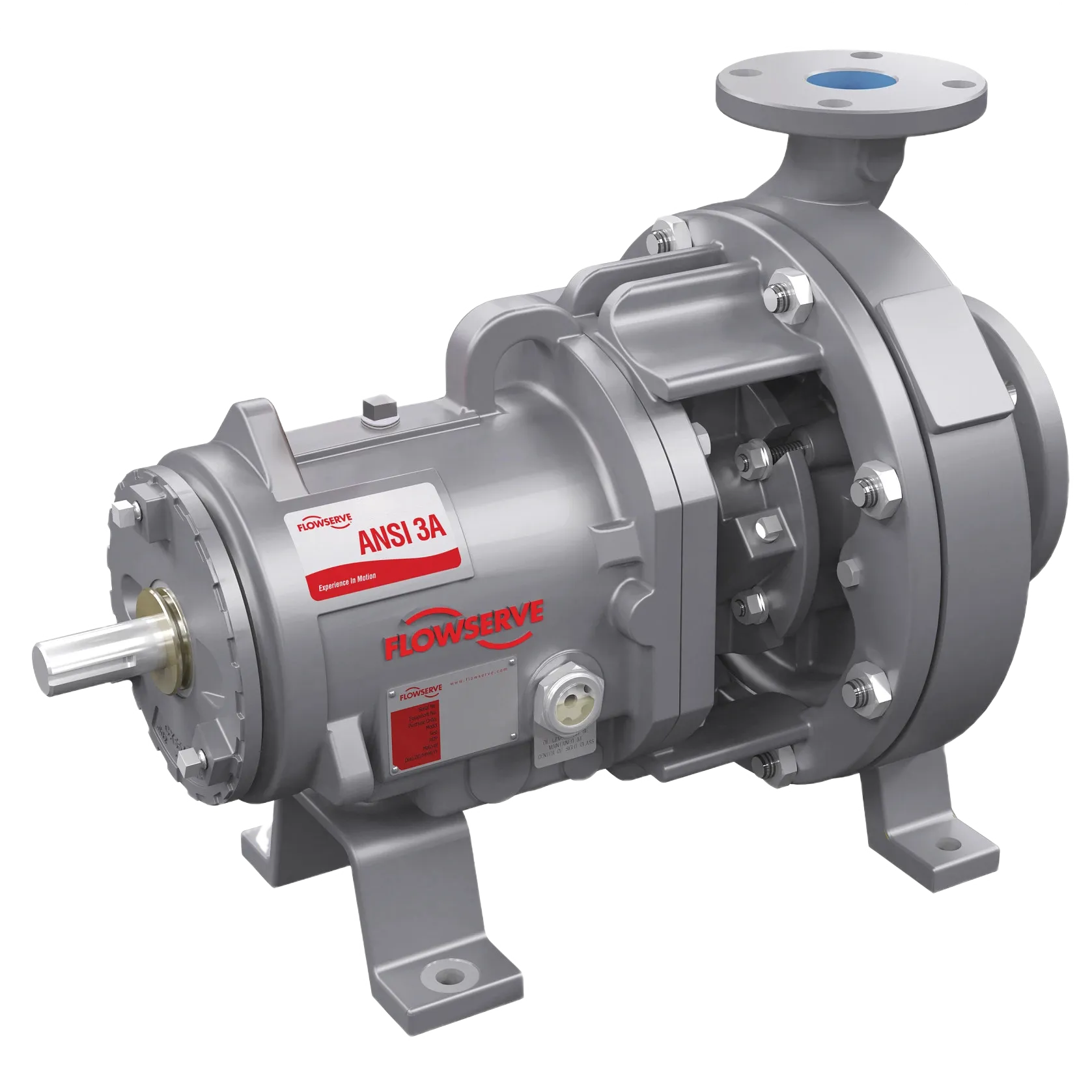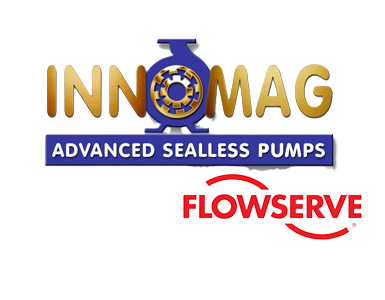Pump sizing and selection – can you afford to get this wrong?
Getting pump sizing and selection wrong can lead to costly inefficiencies and damage. This article covers the essential criteria engineers must consider to ensure optimal pump performance and reliability, avoiding common pitfalls.

In order to make an informed pump selection, there are some basic criteria which every engineer must fully understand and know:
- Flow rate
- Total dynamic head or pressure required
- Specific gravity (or density) of fluid
- Other properties i.e. viscosity, corrosive, aerated
- Suction conditions i.e. lift or low NPSH available (NPSH is the suction pressure needed to avoid damaging cavitation)
- Nature & size of any solids present
- Single or multiple duty point (dynamic system)
Materials choices:
This may depend on several factors such as pH, corrosion, abrasion, purity requirements, availability, etc.
Common materials:
- Cast/ductile iron
- Bronze
- Stainless steel
- Duplex stainless steels
- High alloys i.e. Cr-Ni-Mo (Hastelloys®), titanium, zirconium
- Non-metallics i.e. FRP, PFA, PTFE, ETFE
When we know the above data, we can then think about selecting an appropriate pump. But wait! Has a safety margin been added to the calculated system pressure drop?
As the pressure drop is based on a calculation using software, it is, in reality, only a ‘best guess’. Therefore, a safety margin should be added so that the pump is guaranteed to give the desired flow rate. This raises the next question, how much?
This is where care needs to be exercised. If too much of a margin is added, the pump will always try to find the intersection of the system curve (pressure drop vs. flow), even if this is detrimental to the efficiency and reliability of the pump.
So, what is the effect of a poor pump selection?
Assuming that the specified materials are compatible with the pumpage, we will look at this from a hydraulics perspective.
If the pump is a hydraulic mismatch for the system, we will encounter such things as:
- High energy consumption (for radial flow centrifugal pumps, the higher the flow rate, the more energy is used).
- Higher NPSH requirement, possibly leading to cavitation, which is extremely damaging. A safety margin must be used over the NPSH required by the pump, as it may very well be cavitating before audible or visual detection is possible.
- High levels of vibration, which are caused by the pump operating outside of its POR (Preferred Operating Region) which will shorten bearing & mechanical seal life.
- If there is too little flow going through the pump, there are other factors which can adversely affect the pump such as low flow cavitation, high vibration, overheating etc.
To sum up the basic pumping principles:
- Proper pump selection is key to reliability.
- The closer the duty point is to best efficiency point (BEP), the better the reliability.
- Be careful how much safety margin is added to pressure drop calculation.
- If a pump is used with variable speed drive, this may influence the pump selected.
If in doubt, ask Phil Soltan, Flexachem’s Pump Specialist, better known as “Dr. Pump”. Phil has been working in the pump industry for more than 40 years. He has an accumulated wealth of knowledge in all aspects of pump system analysis and addressing “bad actors”. He has also worked for two major pump manufacturers along his career journey.
Email: phil.soltan@flexachem.com
To read the full article as published on the Engineers Journal:

Related Articles
-
November 23, 2016 / 5 min read
Flowserve Lined Magnetic Drive Pump -Short Lead Times
read more
-
February 6, 2019 / 3 min read
Just a reminder of our Heritage Pump Brands list – in case of issues with Older Pumps?
read more
-
April 24, 2019 / 6 min read
Pumps vs Electric Motors – do you look at these 2 components in isolation when it comes to efficiency?
read more
-
September 15, 2017 / 4 min read
SIHI Pumps at Flexachem – Your Supplier of SIHI Pumps and Spares In Ireland
read more

























